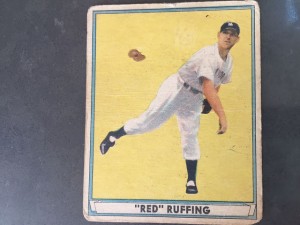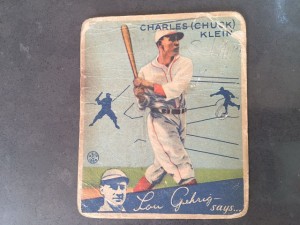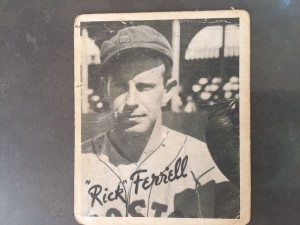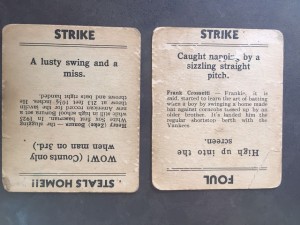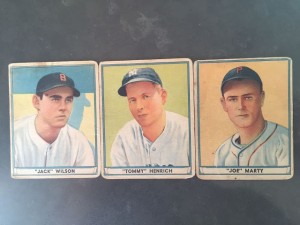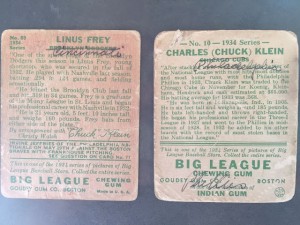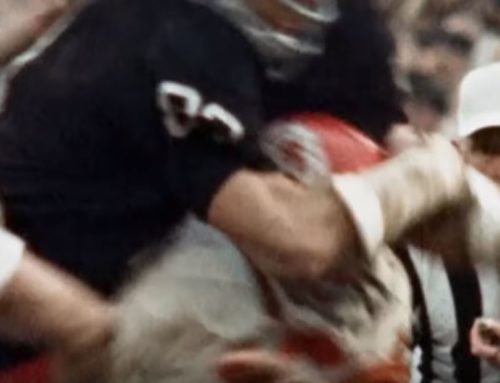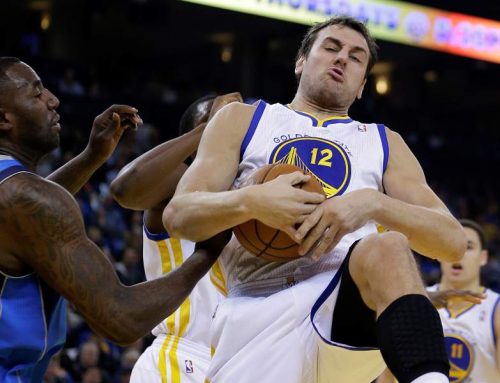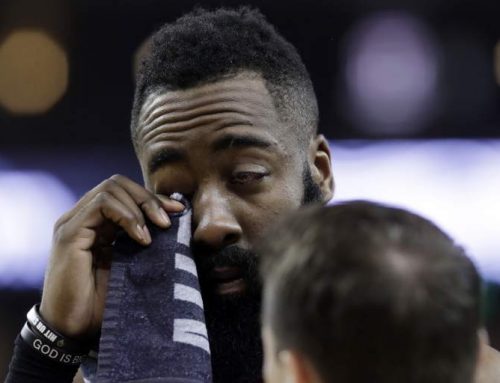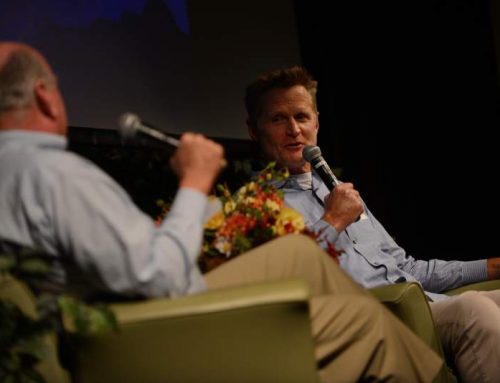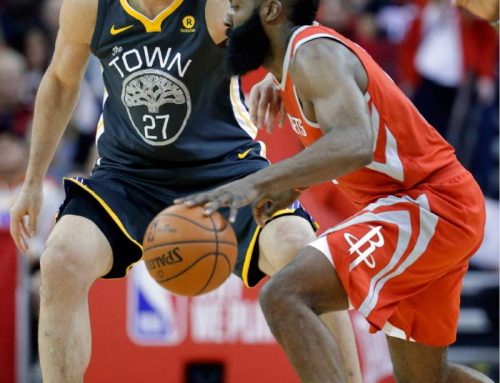It happened at a rummage sale in the courtyard of the First United Methodist Church in Marysville, the town that peaked in about 1850 and had seen better days by the time I was growing up there in the 1970s. I’m not sure why I was even there, what I was hoping to find among the coffee mugs and the women’s shoes.
And then I saw them: baseball cards. I was a “collector” in those days; I use quote marks because I didn’t have the sense to take care of my inventory. I separated the players by team and wrapped them in rubber bands, and updated guys’ statistics with an ink pen. Plastic sheets were unknown to me. But I did invest a decent percentage of my lawn-sprinkling money on Topps trading cards – MLB, NFL, some NBA and even, one summer, NHL cards when they made an appearance at Yuba Market.
These were different, though. They were old. Really old, like from a dim era of wool uniforms and athletes nicknamed “Pinkey.” I was a boy – maybe 8, maybe 10 – but I knew enough to understand they might be valuable, or at least fabulous.
There was no price tag. I approached the nice old lady who mans the cashbox at every church rummage sale in America and asked her how much. She regarded the pieces of cardboard without interest and said, “How about a nickel.”
I bought 26 cards for a nickel – 11 Big League Chewing Gum cards from 1934, two Diamond Stars from 1935, eight Play Ball cards from 1941 and five 1936 Goudeys (as I know now, thanks to the Internet; the brand name and year were nowhere to be seen on the cards).
My heart skipped. The church was just a block from my house, and I think I got there in four seconds.
Not only had I acquired these small, squarish pieces of history. I actually recognized some of the names. In fact four of them are now members of the Baseball Hall of Fame.
Red Ruffing, who won seven World Series with the Yankees:
Chuck Klein, who won the Triple Crown in 1933:
Earl Averill, a .318 lifetime hitter:
And Rick Ferrell:
I consider Ferrell among the most intriguing Hall of Famers, partly because I have his trading card, and partly because I have no idea why he is enshrined in Cooperstown. Granted, he played 18 seasons, an impressive feat for a catcher. But Ferrell’s numbers are unimpressive. He was a .281 lifetime hitter with almost no pop – 28 career home runs in 7,077 plate appearances. He didn’t even play for good teams. Ferrell mostly suited up for the St. Louis Browns and Washington Senators. He never won a pennant.
Rick Ferrell must have been the finest defensive catcher in the history of the game, or a great friend of sportswriters with Hall of Fame votes.
Yes, the cards are quaint. The ’34 Big Leagues feature “Lou Gehrig says…” or “Chuck Klein says…” text on the backs. Gehrig and Klein supposedly wrote the player bios, and the two sluggers clearly had uncanny knowledge of their opponents’ heights, weights, and birthplaces. Several names are misspelled, like Earle Averill and Dolf Camilli.
The ’36 Goudeys, which must have been among the first trading cards ever to features photographs of players, included a game on the back.
Predictably, some of the copy is antiquated or downright funny. We are told that Frank Crosetti, the fine Yankees shortstop, “started to learn the art of batting when a boy by swinging a home made bat against corncobs tossed up by an older brother.” Al “Happy” Milnar’s write-up says he was “one of the outstanding hurlers in the American League last year, blossoming forth with 18 wins against only 10 losses.”
“His full name is Anthony F. Pietruszka,” one card says, “but it was quickly changed to Tony Piet.”
Also, in 1941 every name was considered a nickname, and every professional baseball player had piercing blue eyes.
Alas, even after hanging onto my prizes for more than 40 years, they seem to be worth less than a pile of money. I don’t understand the esoteric lingo of the collectibles world, but I know none of them are in mint condition. In fact, some of them look like this:
I should be mad at the kid who refused to acknowledge Klein’s trade to the Cubs after the 1933 season and sent him back to Philadelphia with an ink pen. He decreased the value of my assets. But how could I complain? I did the same thing with my boyhood cards.
I think of that unknown 1934 scribbler as I look at his edits. He was probably 50 years old when I bought the cards for a nickel. He’d be very old indeed if he were alive today.
And here’s what really blows my mind. Those baseball cards were from a distant epoch when I bought them. To a kid of the freaky-deaky 1970s, they might as well have been daguerreotypes or suits of armor. But the amount of time that passed between the day the oldest of those cards was printed and the day I bought them at the rummage sale is almost precisely the amount of time that has passed since.
In my mind, there is an unbroken chain from A’s-era Reggie Jackson to Will Clark to Jake Arrieta, while men like Red Ruffing and Bucky Walters played a different game, practically in a different world. In reality, that transaction in the courtyard of the Methodist church was merely a midpoint.
How can that be? I wish I had Lou Gehrig or Chuck Klein to explain it to me.

